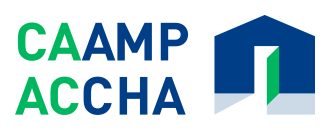Media-spread contentions that Canadians are seeking financing beyond their means and risking their financial security on variable rates are not true according to the Canadian Association of Accredited Mortgage Professionals (CAAMP).
CAAMP reviewed 40,000 Canadian mortgages from 2009 in a report issued this month entitled, Revisiting the Canadian Mortgage Market – Risk is Small and Contained.
The report reflected that Canadians do heed the concerns voiced by the Bank of Canada; that, “sustained growth of household debt in the context of an environment of rising interest rates will increase the vulnerability of households to an adverse shock over the medium term”, as stated in the BoC Financial System Review, released December.
CAAMP finds that mortgage debt has increased largely due to the fact that housing costs have increased, which in turn has been driven by a rising amount of Canadians opting for homeownership. The number of Canadians who own their residential properties has risen from 63.6 per cent in 1996 to 70 per cent today.
Although it’s true that the number of Canadians opting to take advantage of historic low rates with variable and adjustable rate products are growing, CAAMP finds that the majority of these are Canadians renewing their mortgages.
In other words, the increases in the use of variable rates have not come from people purchasing homes for the first time; first-time home buyers are for the most part still selecting fixed rate mortgages, and 70 per cent of fixed rate choosers also opt for terms of at least five years.
Worries that Canadians are attaining the maximum financing they can at the lowest floating rates possible, rates that threaten to ascend in the next years, are simply unfounded. Canadians must meet lender requirements, which currently mandate that they must, at least, qualify for the posted three-year fixed rate, and those requirements are slated to become more stringent with the year.

